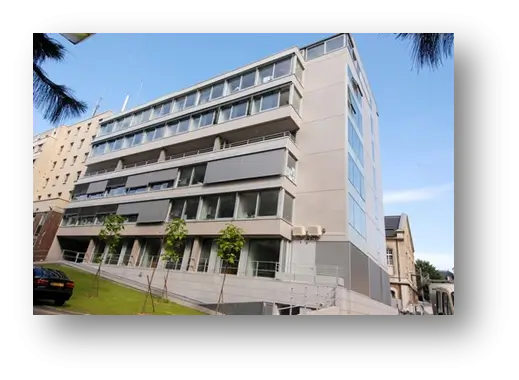
Depuis plus de 15 ans, l’équipe scientifique d’AnyGenes® développe, produit et commercialise des gammes de produits innovantes pour le criblage haut débit de voies de signalisation. Ces outils permettent l’analyse transcriptomique à haut débit d’une large collection de voies de signalisation pour diverses espèces mais également l’identification et validation des biomarqueurs, tout comme la validation des résultats obtenus par microarrays.
Grâce à ses technologies et produits innovants très compétitifs, ainsi que sa propre plateforme moléculaire, AnyGenes® apporte une solution complète aux équipes scientifiques en les aidant à accélérer leurs projets et publications, et aux sociétés de biotechnologies pour le développement de leurs molécules et la validation de biomarqueurs.
Localisée à Paris, au sein de l’hôpital Tenon dans le 20ème arrondissement, AnyGenes® constitue un acteur clé dans le domaine des Biotechnologies. Soutenu par la région Ile-de-France, le pôle de compétitivité Medicen et Bpifrance, notre activité s’étend désormais à l’échelle internationale.
AnyGenes®
4 rue de la Chine
75020 Paris FRANCE
Phone: +33 (0) 1 43 58 88 63


